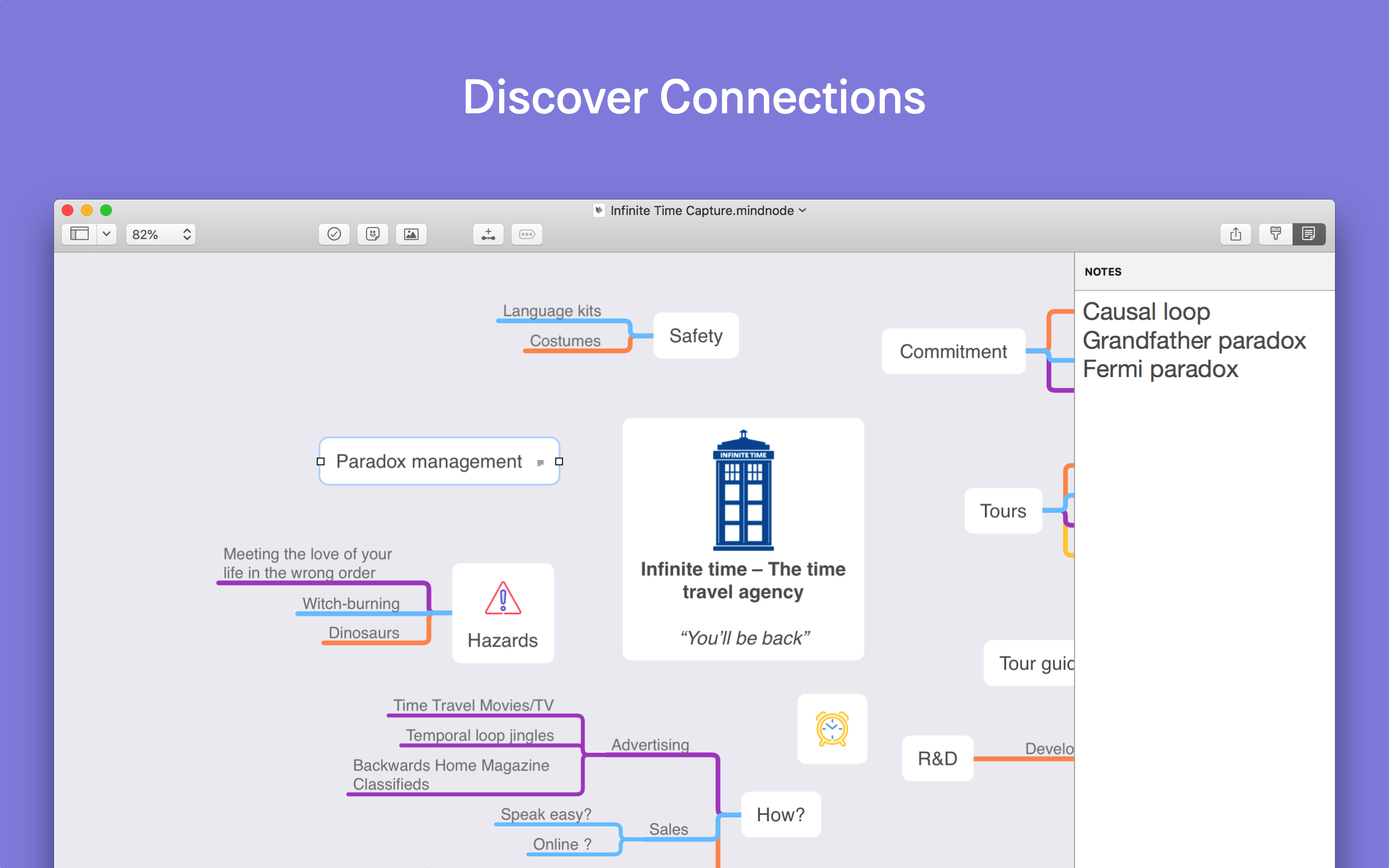

- #Mindnode vs ithoughts how to
- #Mindnode vs ithoughts mac os
- #Mindnode vs ithoughts code
- #Mindnode vs ithoughts plus
You can use or to match nodes where the progress has not been set. A progress specifier of the form - where n is an integer between 0 and 100, representing percent complete.You can use or to match nodes where the priority has not been set. A priority specifier of the form - where n is an integer between 1 and 5.A level specifier of the form - where n is an integer, referring to the level number.A special value of none, matching no nodes.A special value of all, matching all nodes.

#Mindnode vs ithoughts code
Instead of using command line parameters you can code the commands in a file read in from Stream 3. In the case where no action is expected you can code anything you like for the second parameter.
#Mindnode vs ithoughts how to
#Mindnode vs ithoughts plus
It has been tested on a Raspberry Pi and a machine running macOS.īased on matching regular expressions, plus a few other criteria, you can do things for matching nodes such as: About filterCSVįilterCSV is a set of tools to automatically edit a CSV file in the form used in iThoughts. In more complex cases other columns come into play. Some nodes have shapes associated with them.Ī more detailed description of the file format is given in iThoughts CSV File Format but this brief description should be enough to get you started.(Nodes "A2" and "A1" inherit the turquoise colour from node "A".) Some nodes have colours, in RGB format.All lines have a cell in the "level" column, with the level number filled in.Each line is a node, apart from the first one.This is obviously a very simple example, but it illustrates some features of the file format: "colour","shape","level","level0","level1","level2"Īnd here is how it looks when imported into iThoughts: Here is a sample CSV file in the format required by iThoughts: Handling CSV Files Not In The Format iThoughts ExpectsĪn Introduction To The iThoughts CSV File Format.Removing Notes, Shapes, Colours, Positions, Icons, Progress, And Priority.An Introduction To The iThoughts CSV File Format.A better way to understand the format is to export a mind map from iThoughts as CSV and look at the resulting file. To a very limited extent the format is documented here. In which case it's better to call the ensemble a forest of trees.Īs well as the nodes' tree structure, an iThoughts' CSV file can store for each node its colour, its position, its shape and other attributes. There can be multiple root nodes - and hence multiple trees - in an iThoughts CSV file. A node with no children is called a leaf node. A node with no parent is called a root node. A tree consists of nodes, which contain data as well as potentially child nodes. The CSV format that iThoughts understands has a tree-like structure. Being a text format, CSV can be programmatically created in a number of programming languages, such as Python. The most complete format is Comma-Separated Value (CSV). You can create a mind map either in the application itself or by importing files in a number of other formats.

#Mindnode vs ithoughts mac os
It runs on iOS, iPad OS, Mac OS and Windows. IThoughts is a third-party application for creating and managing mind maps.


 0 kommentar(er)
0 kommentar(er)
